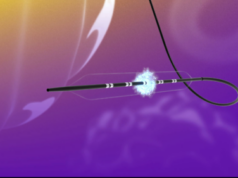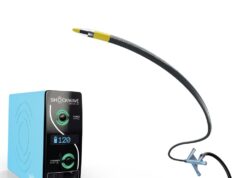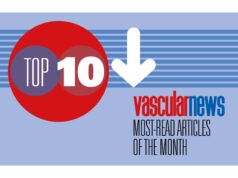As the new kid on the block, endovascular treatment of the common femoral artery (CFA) just does not have that long-term outcome data yet,” Narayanan Thulasidasan (London, UK) tells Vascular News. Thulasidasan discusses some of the benefits of endovascular therapy for CFA disease, noting that patients who need such treatment are “often not very fit,” adding that “with open surgery there is always a somewhat extended recovery period compared to an endovascular procedure”.
Thulasidasan takes us through the case of an 89-year-old female with bilateral painful lower limbs, a large ulcer in the pretibial region of her right leg and multiple comorbidities. He outlines which treatment strategy he opted for and why he chose to utilise Shockwave Intravascular Lithotripsy (IVL; Shockwave Medical).
IVL was “the best treatment option,” says Thulasidasan, because of the speed of treatment and the fact that it avoided an open surgical groin wound. Importantly, “IVL clearly changed the compliance of the vessel and we were then able to easily access the heavily calcified CFA antegrade for downstream treatment”. In this patient, limb salvage was achieved and she retained her independence “which I think is the most important thing in a patient like this,” he states.
“I feel that IVL really could be the final piece of the puzzle to safe, effective and durable endovascular therapy of the CFA,” he concludes.
This video is sponsored by Shockwave Medical.
Read Narayanan Thulasidasan‘s article: Shockwave IVL: Improving compliance is the key to “best endovascular” CFA treatment














